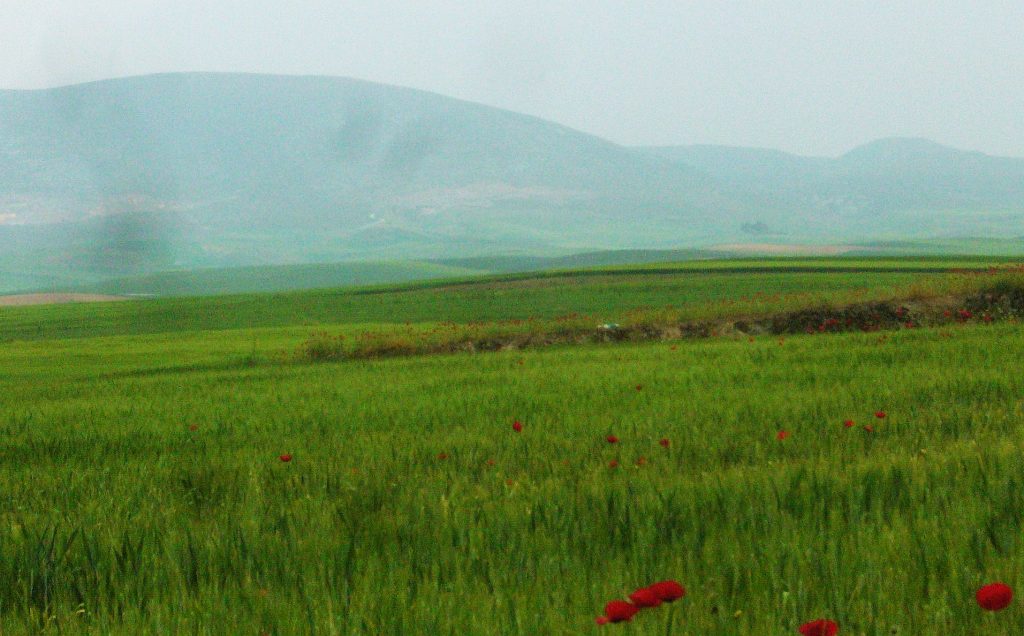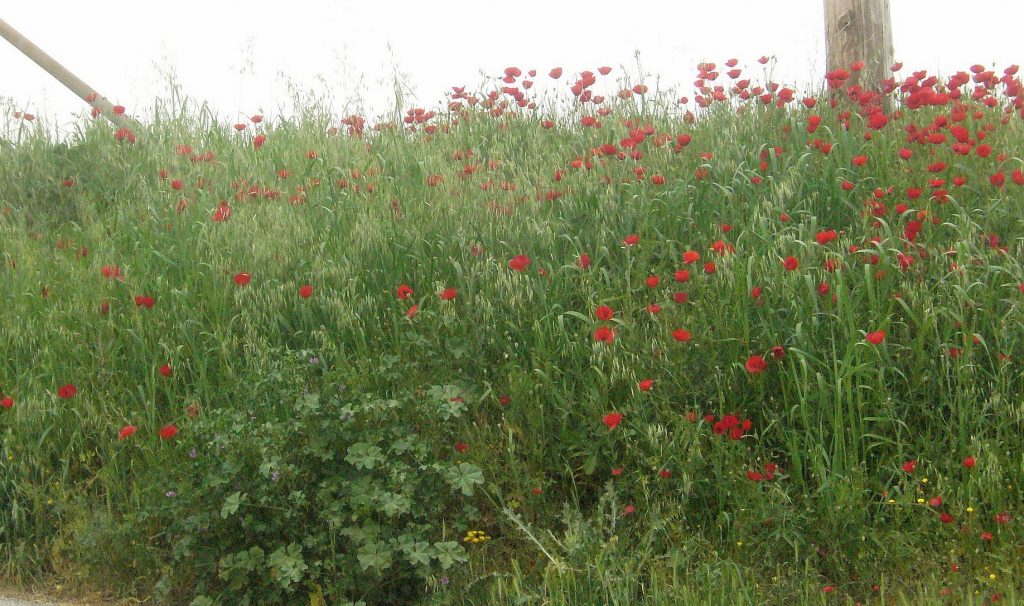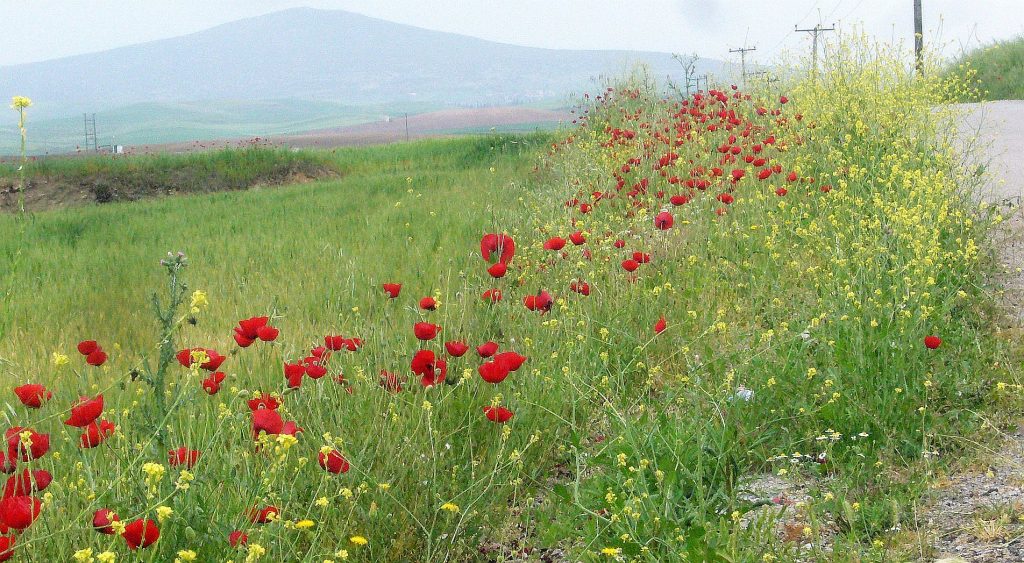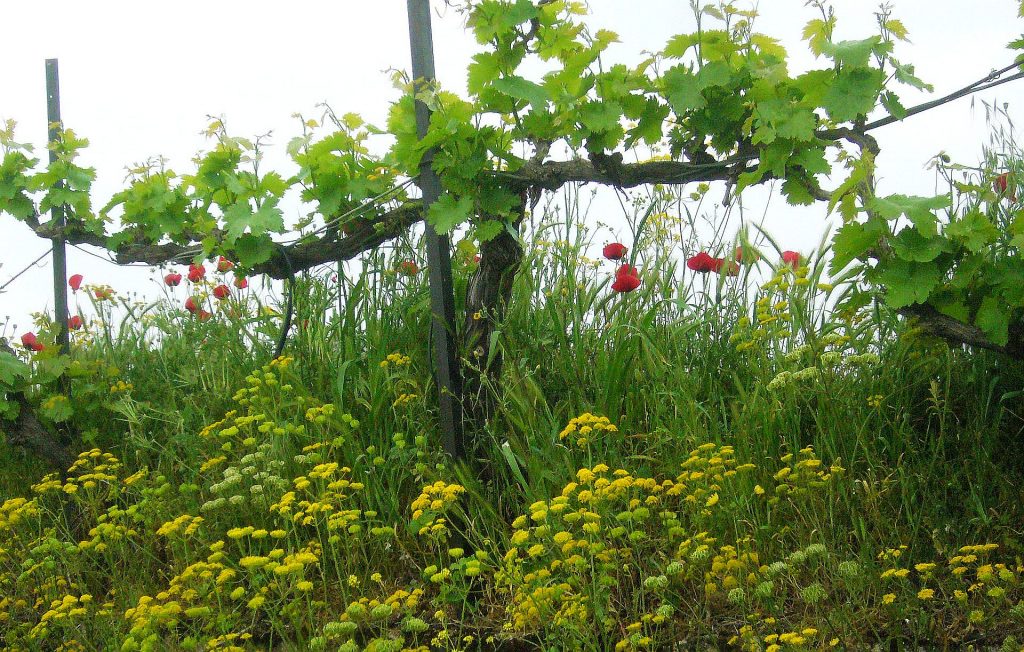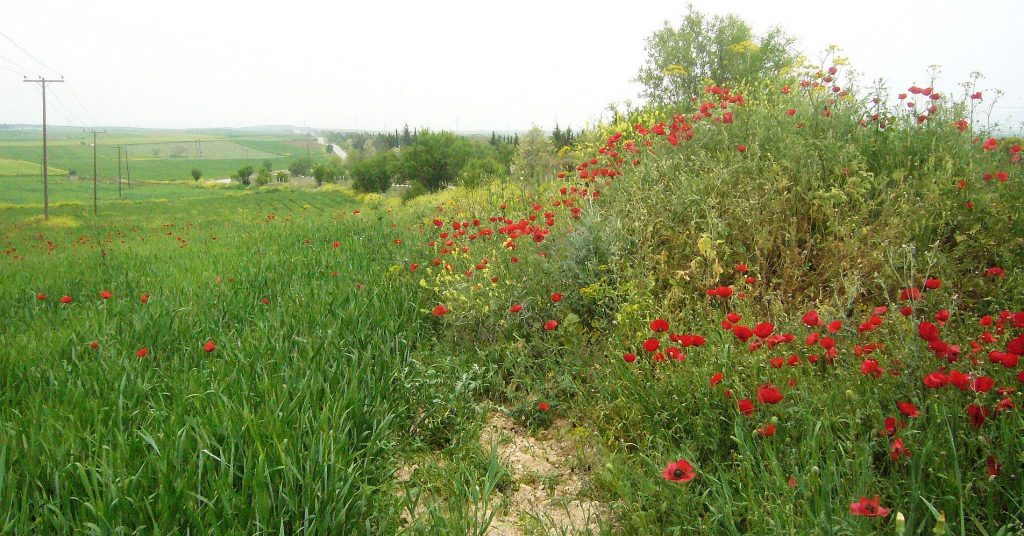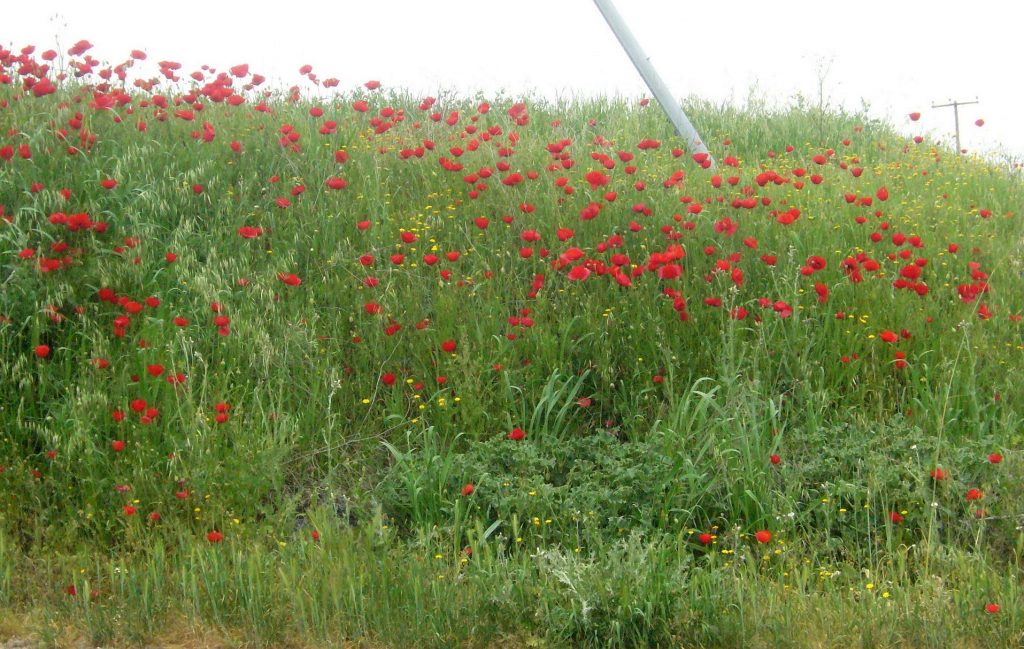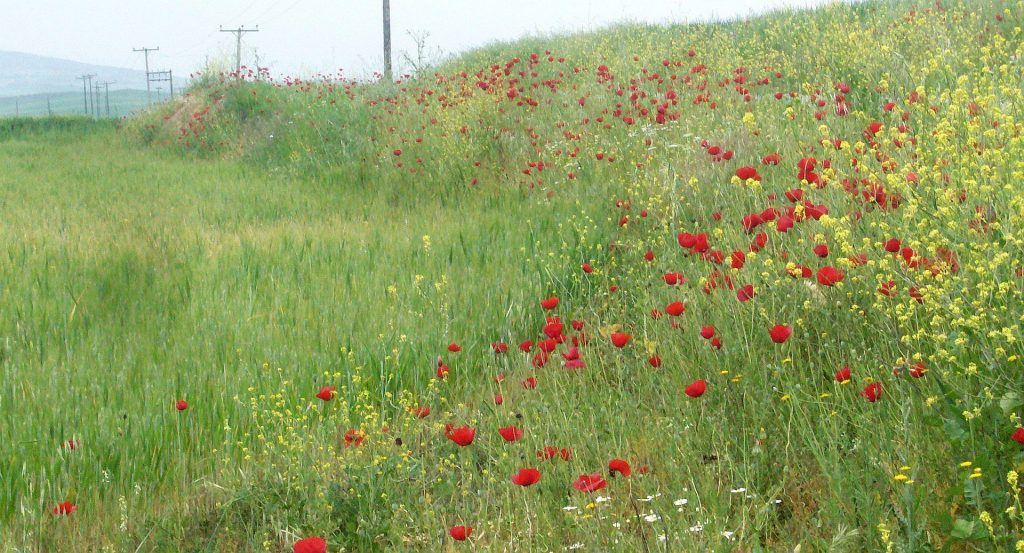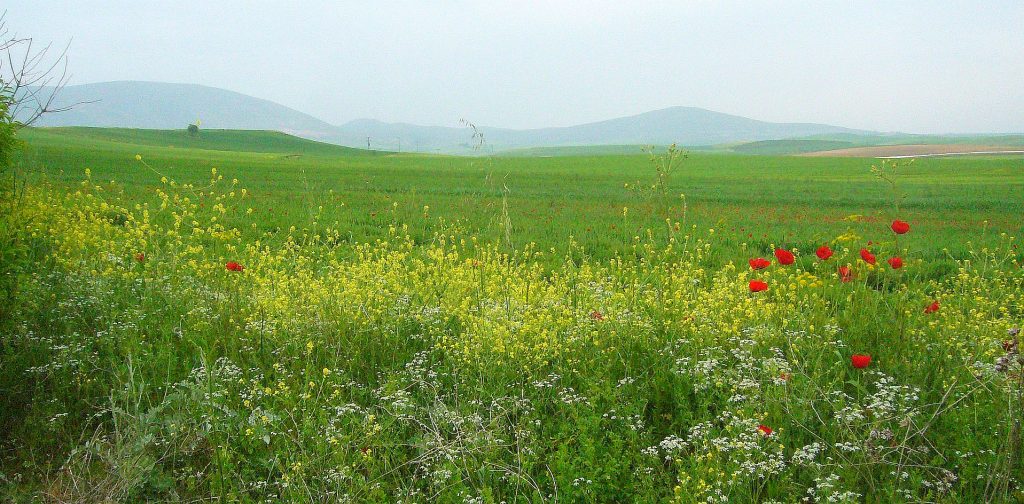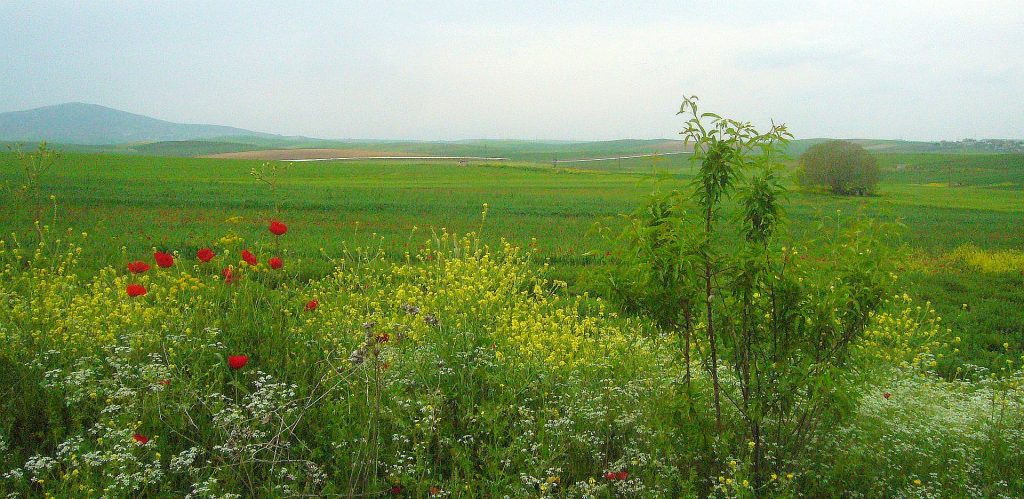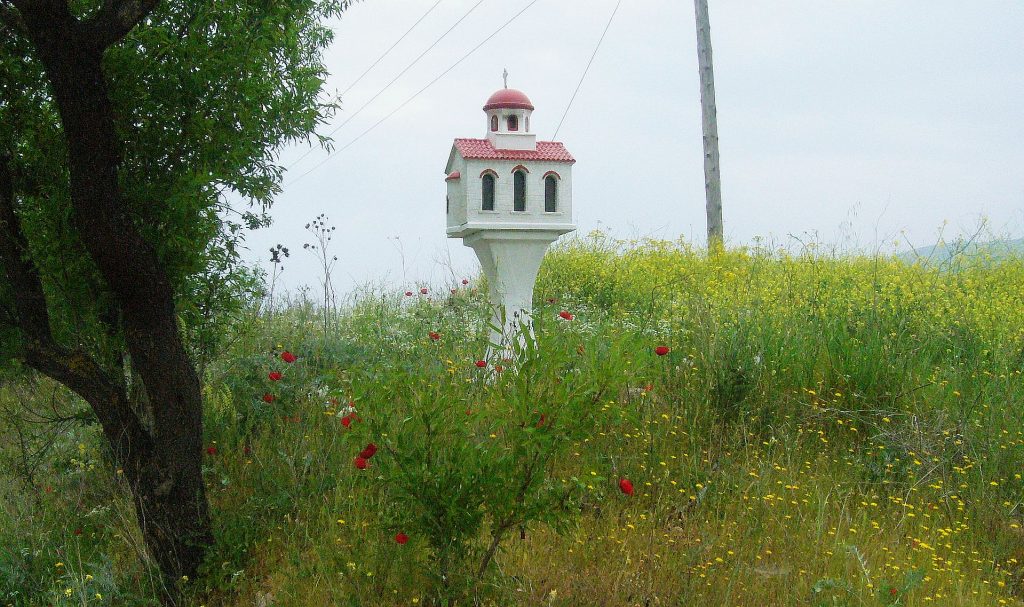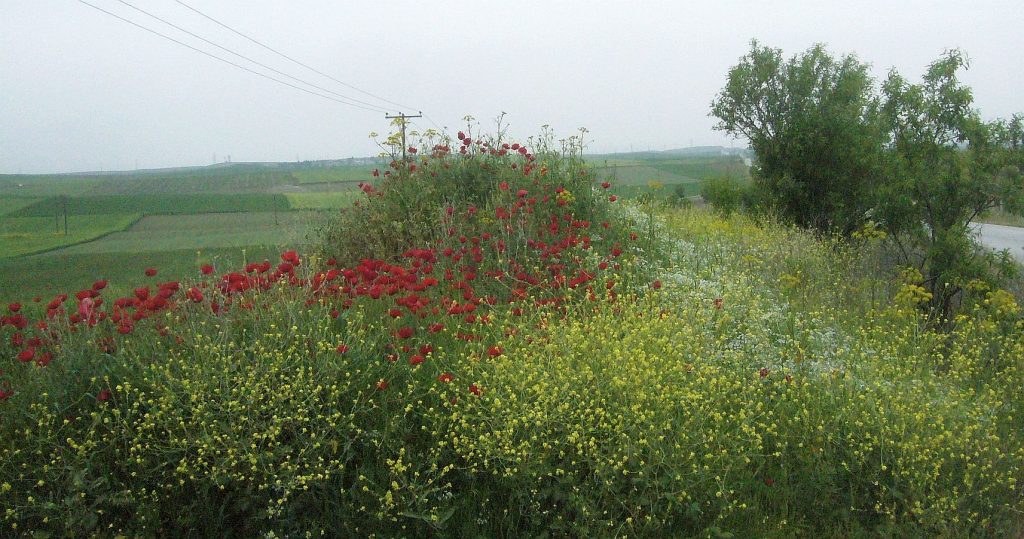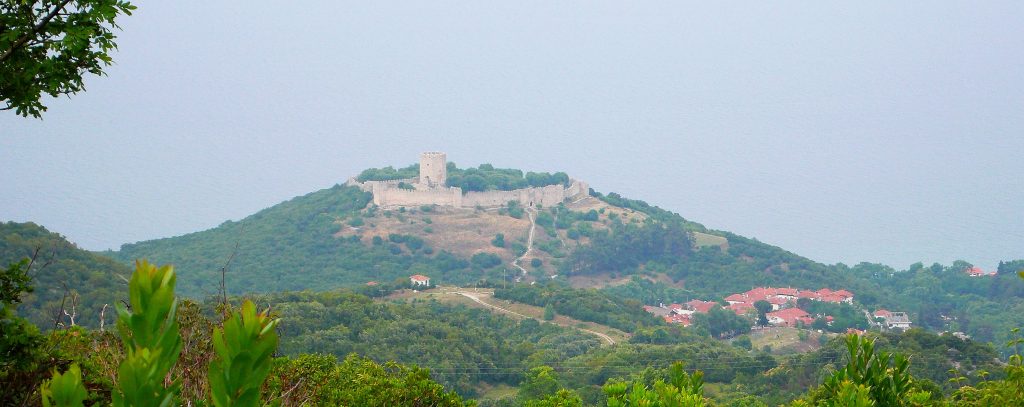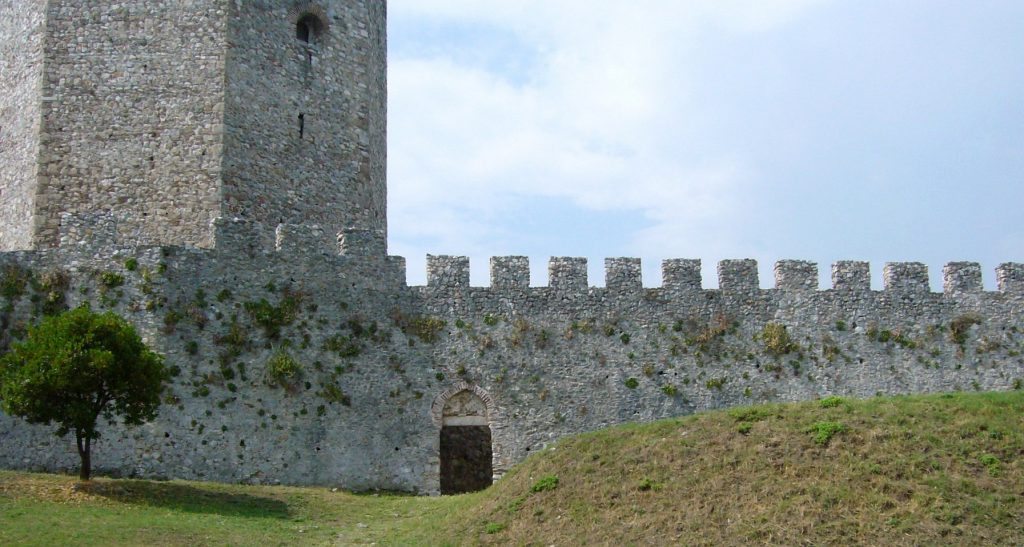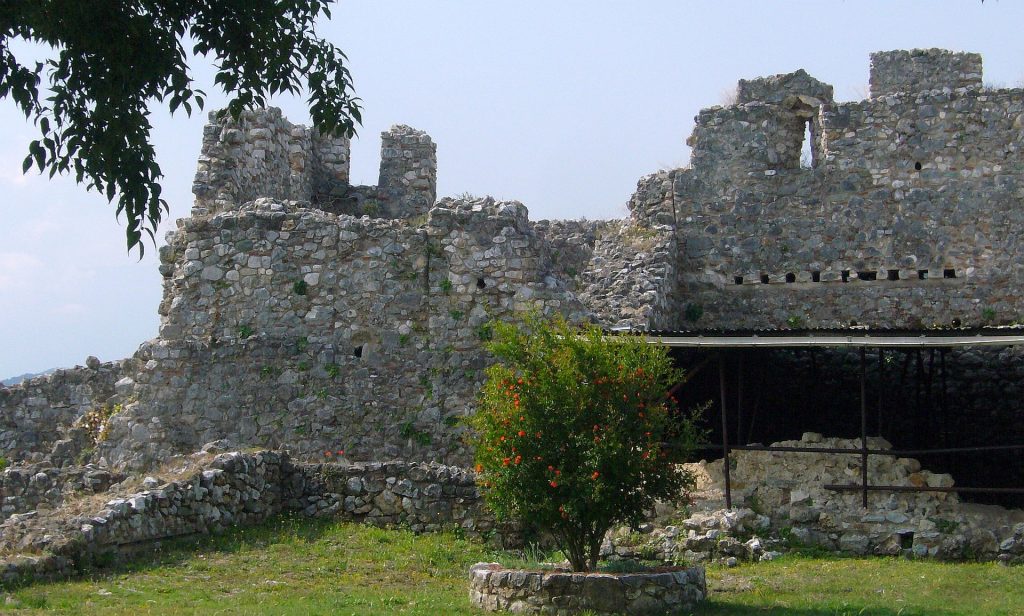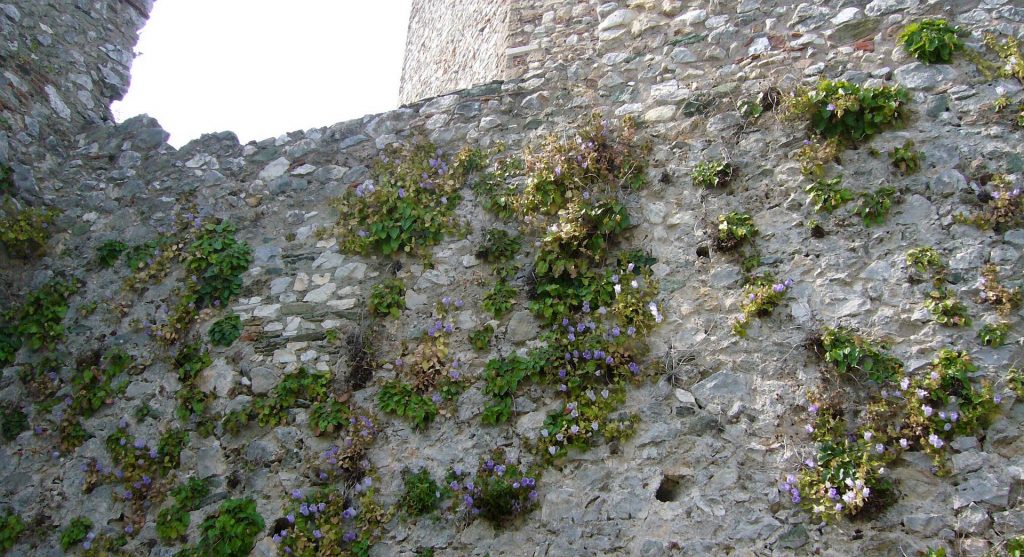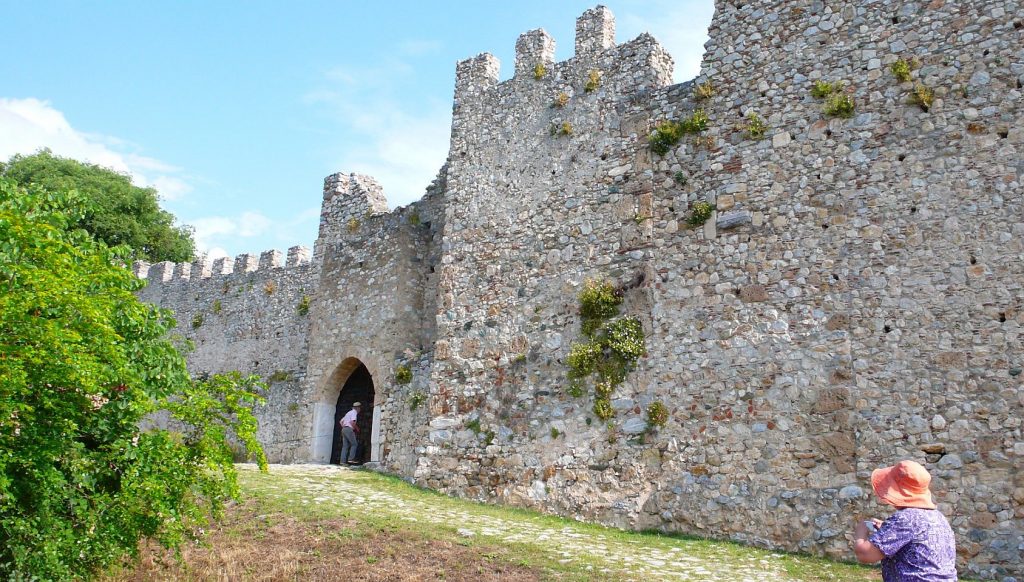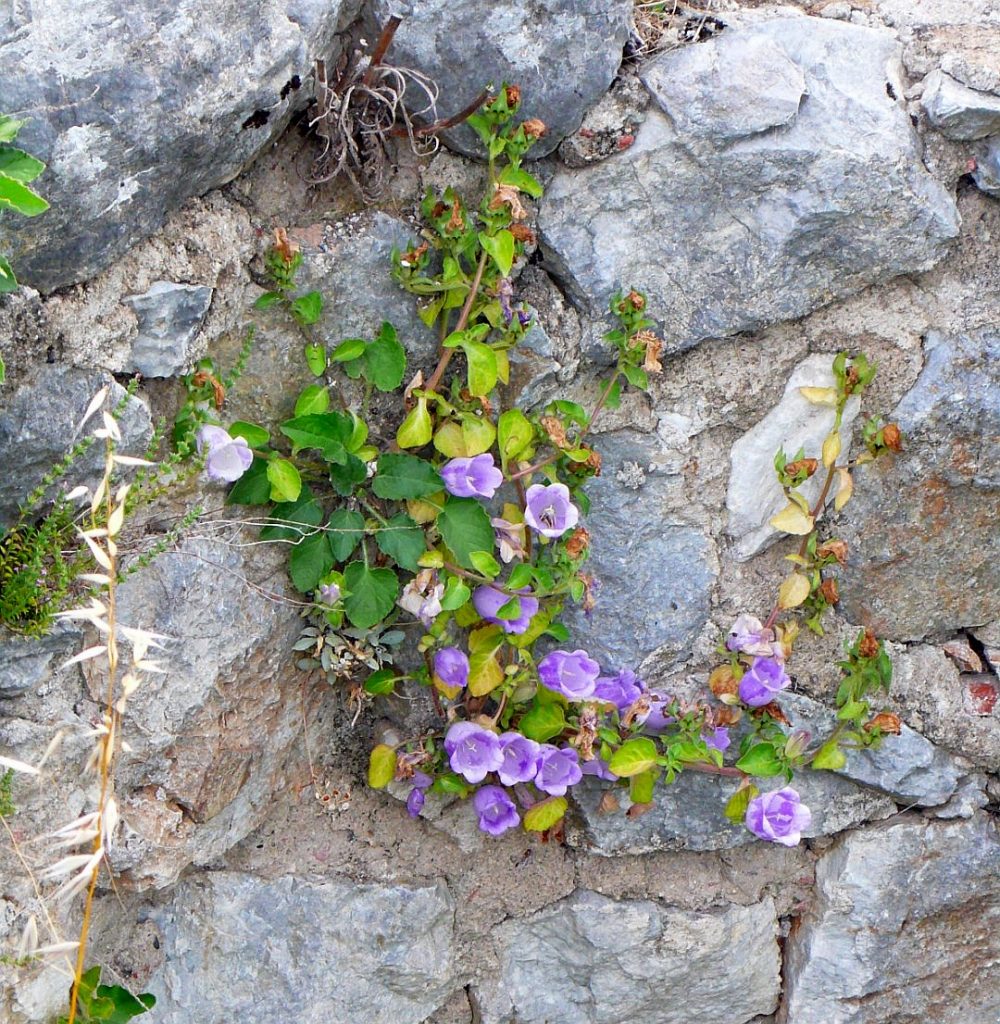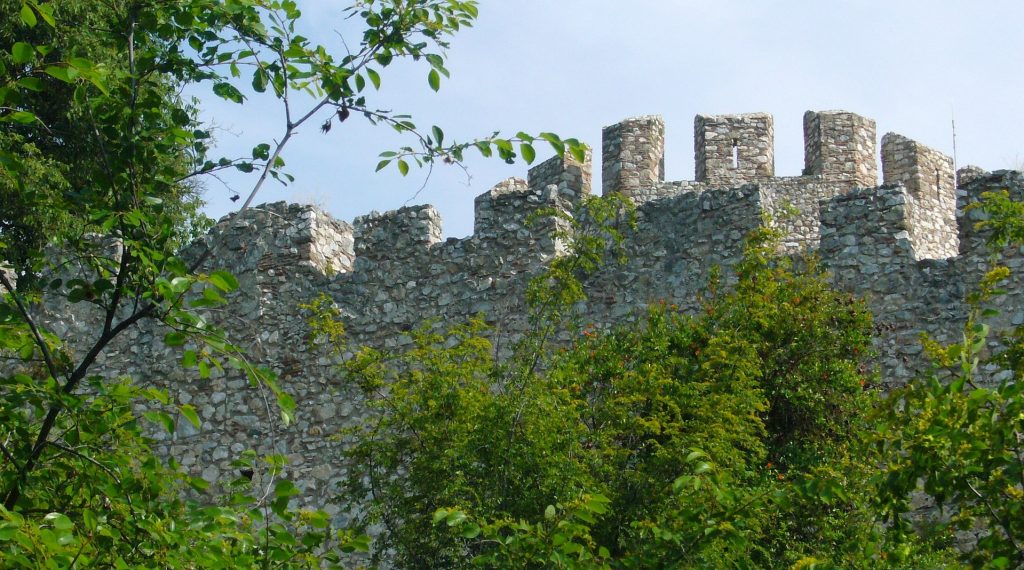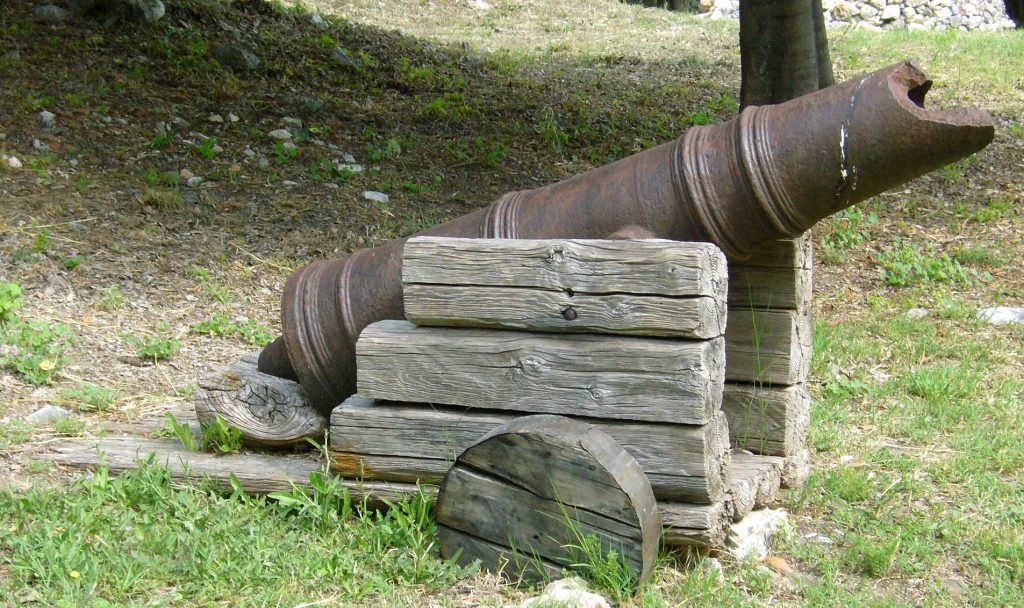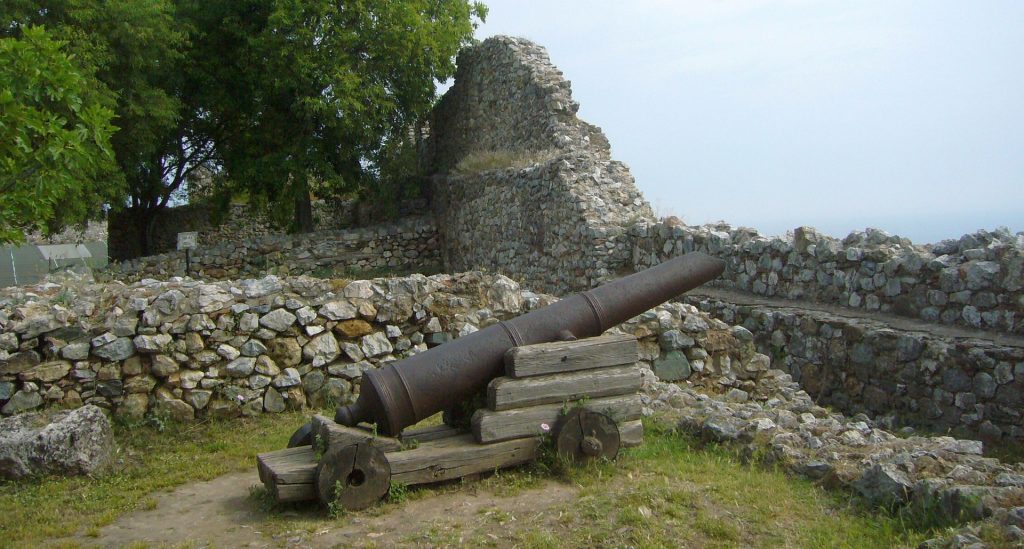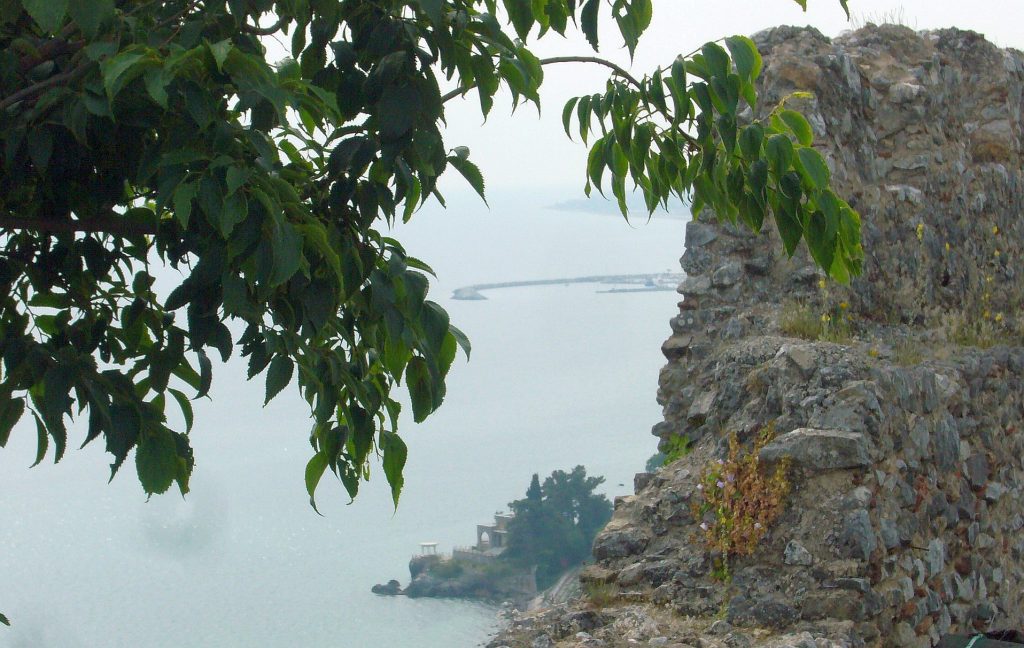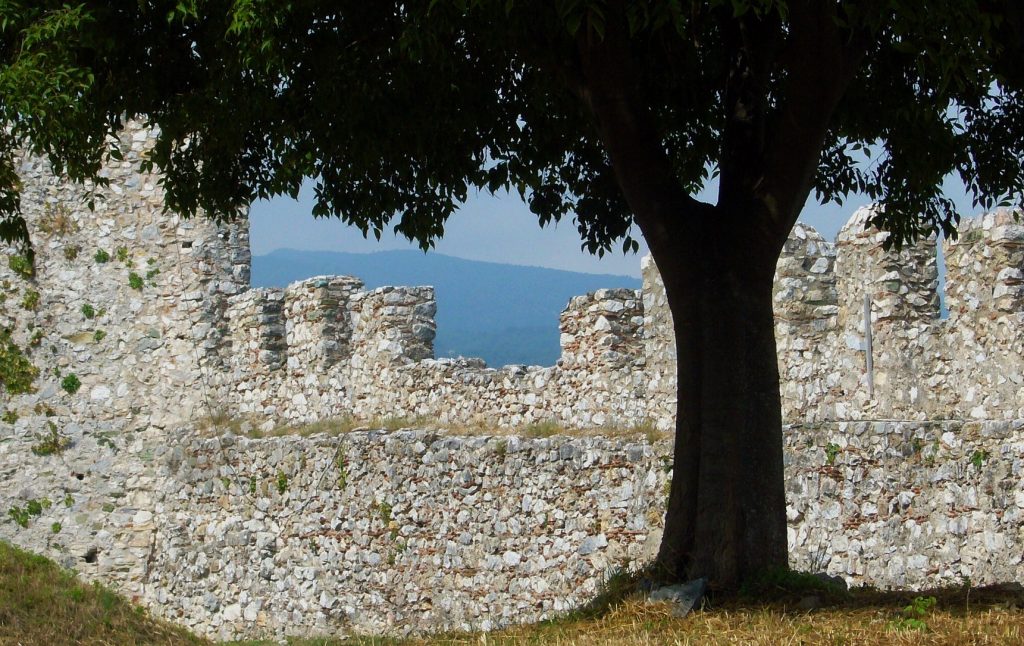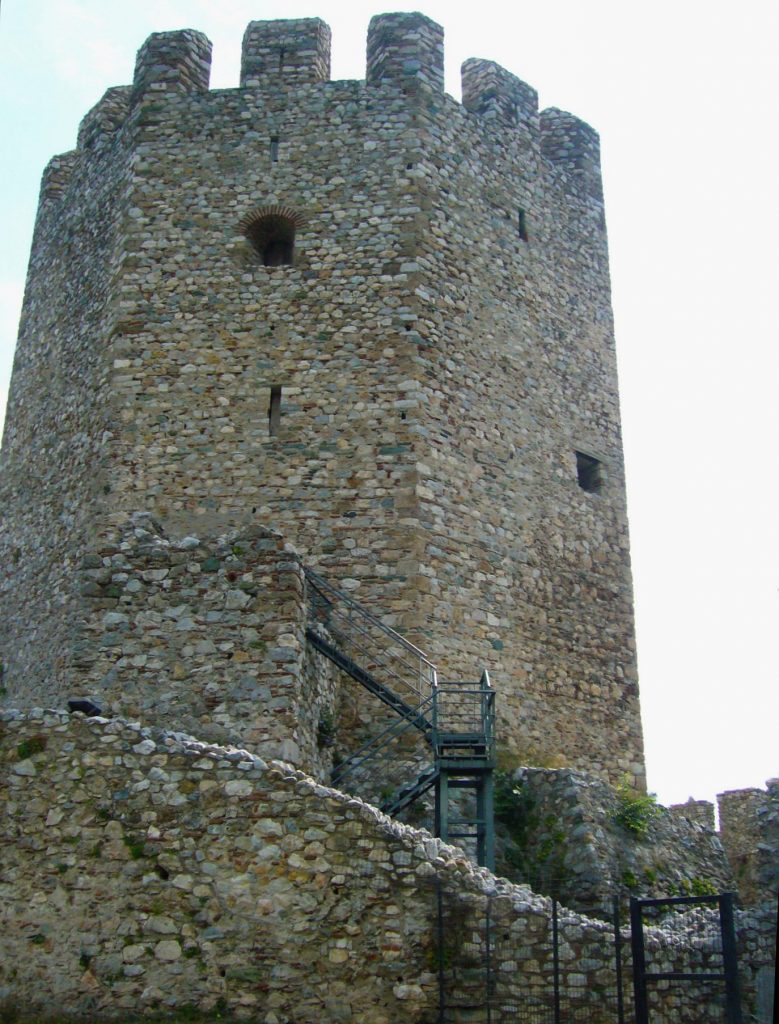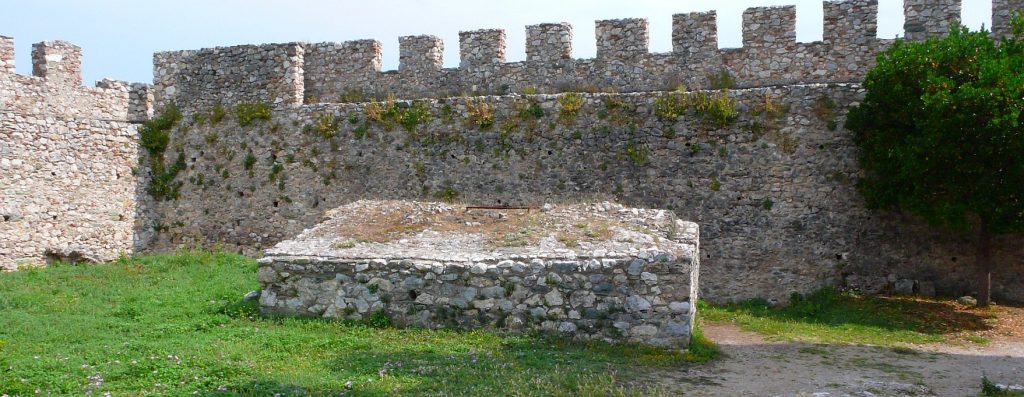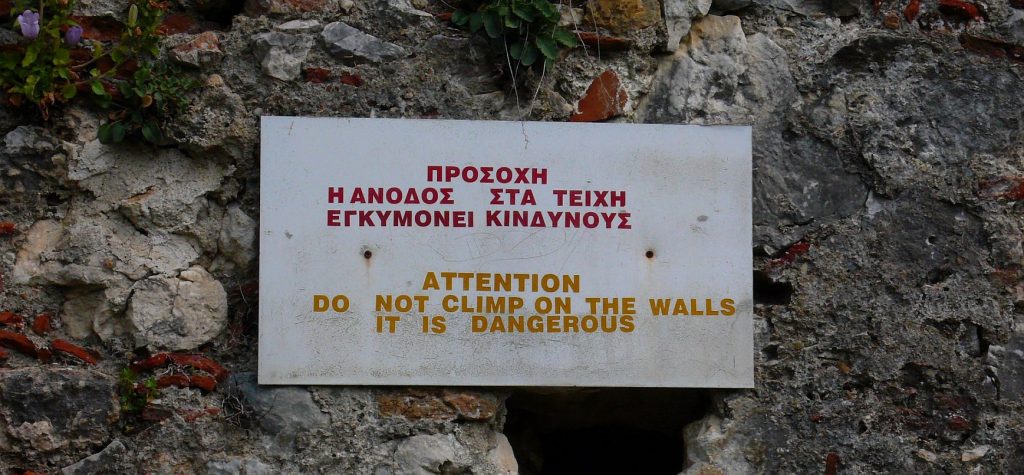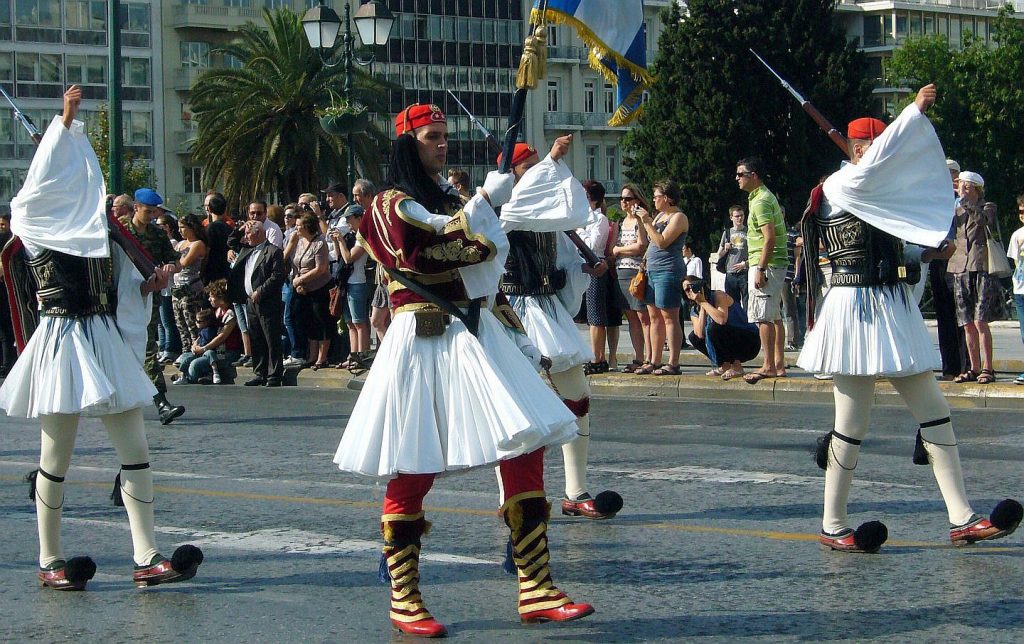
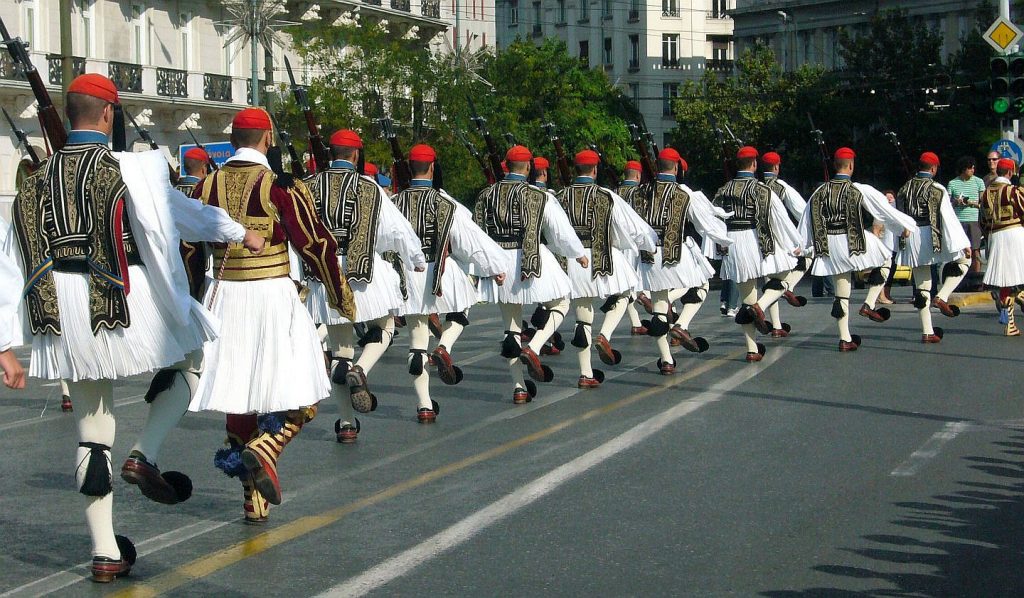
The War of Greek Independence, sometimes referred to as the Greek Revolution, began in March 1821 and lasted until 1832. Most of the area known today as Greece had been occupied by the Ottoman Turks since the fall of Constantinople, now called Istanbul, in 1453. That’s not the only name change the city has experienced. In 330 AD the Roman Emperor Constantine took over the city of Byzantium – a major crossroads then as it is now between East and West – and established it as the new capital of the Eastern Roman Empire. Byzantium became Constantinople, from the Greek meaning the city (polis) of Constantine. It seems it made better sense for the Romans to wield their power in the Eastern Mediterranean and the Aegean from a more central position.
And powerful Constantinople certainly was. In addition to its most advantageous location, the city had abundant wealth and was a significant cultural and academic center. Every major religion was represented, every school of thought, every profession and every calling. Every ethnic group and virtually every language then spoken found its way at some time or another through the centuries to Constantinople. Famed and fabled Constantinople attracted the kind of attention that few other cities could boast of.
I’m no historian. Some of you will know far more than I do about Constantinople’s long history, and particularly the impact of the Crusades. I’ve been to Istanbul (which no Greek will call by any name other than Constantinople) and love it. But now? Turmoil and upheaval are the order of the day again, and with Erdogan making waves with his claims to certain of the Greek islands, you’ll occasionally hear a Greek jokingly say that the Turks are on their way back here. Others shake their heads, muttering that many a word said in jest…
The Ottoman Turks controlled almost all of present day Greece for 400 years, with the exception of the Ionian Islands held by the Venetians, and the Mani Peninsula of the Peloponnesos. A long, long time during which the Greeks never lost their language. I could rattle on at great length about this period – the fascinating subject of countless tomes and theses – but you can read up on it if you’re at all interested.
The Greeks had made many attempts over the centuries to overthrow the Turks. The Peloponnesos, a thorn in Turkey’s side since she first invaded Greece, finally declared war on Turkey on the 17th of March 1821. The conflict was long and brutal. The Greeks had their allies and the Turks theirs. Great Britain was one of the countries that came to the aid of Greece; some accounts have tended to romanticize her role – Lord Byron’s involvement in particular with his tragic death being a factor. Byronas, as he’s called in Greece, is a national hero who is celebrated throughout Greece for his determined efforts in the Revolution, literally dying for the cause. Many boys are named for him, as are streets, squares and buildings.
March 25th is a national holiday in Greece, marking her independence from Turkey. The day is a joyful one. Parades take place throughout the country, from simple flag ceremonies in small villages to major parades in cities. Proud schoolchildren and various cultural groups wear traditional costume, while the blue and white flag of Greece flutters from hands, banners, buildings, balconies, and just about anywhere a flag can be hung or stuck into a holder. Happy gatherings celebrate the day and if the weather decides to play nice – for winter’s nearing its end – the festivities are even more fun.
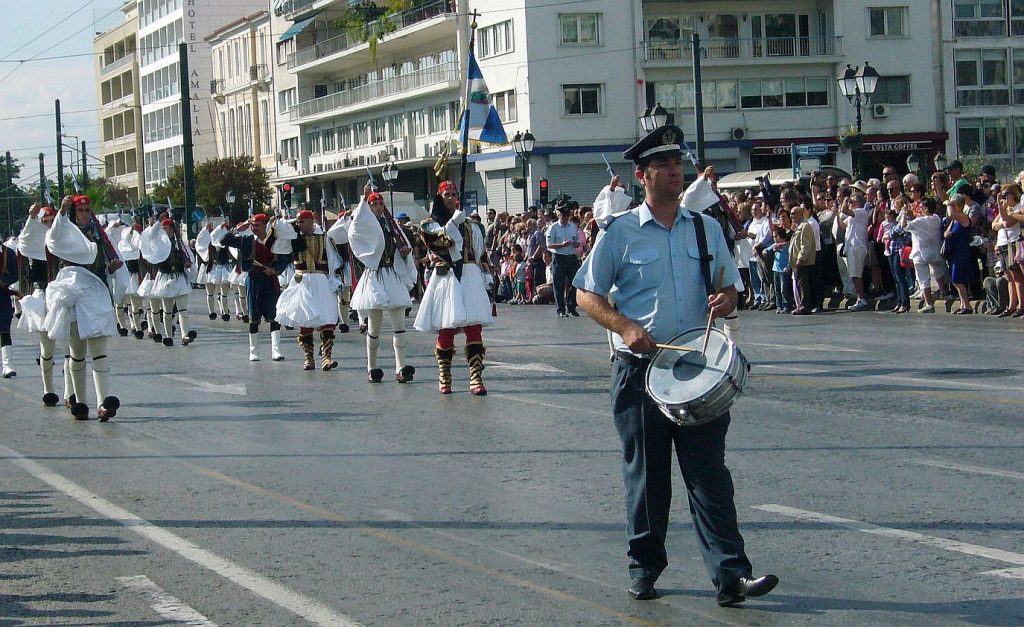
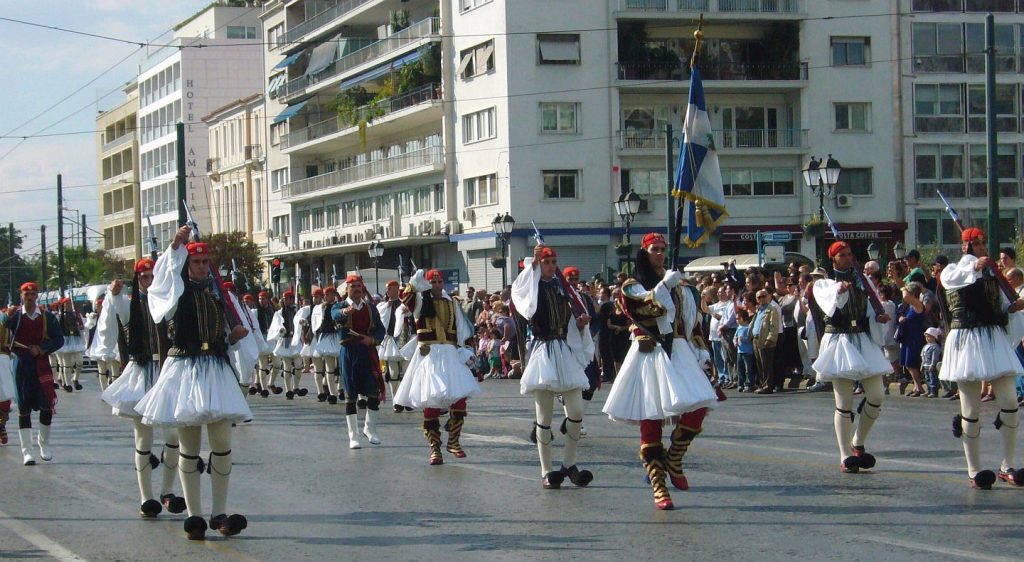
The Independence Day Parade in Athens is an elaborate affair, complete with military displays and ponderous speeches by an assortment of bigwigs – in other words, it’s typical of this type of thing. What’s noteworthy though is the march of the evzones, the elite Presidential Guard.
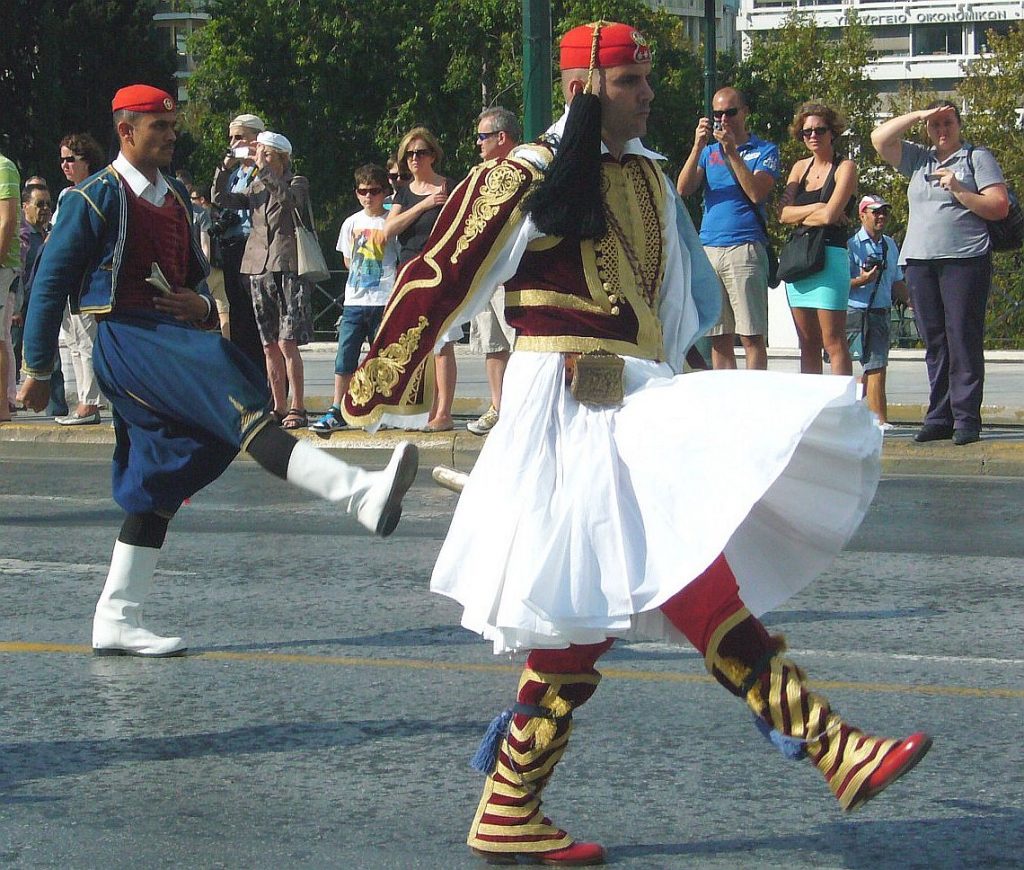
In every video of the Independence Day parade I’ve found the commentary is in Greek, so instead I’ve chosen to give you a link to the parade which takes place every Sunday at 11.00. This is quite a display whatever the weather, culminating in the changing of the guard. In summer the temps can be over 100 deg F – the outfit must be murder to wear.
If you like a parade, here you go – you may need to copy the link and paste it into your browser.
https://www.youtube.com/watch?v=qq4KP9CU63E
This particular video is very long and not well edited, with a rather choppy cut into the national anthem at the beginning, but it shows the march from the barracks to the cenotaph, the Tomb of the Unknown Soldier in front of the Presidential Palace. These soldiers are part of an elite unit and are called evzones.
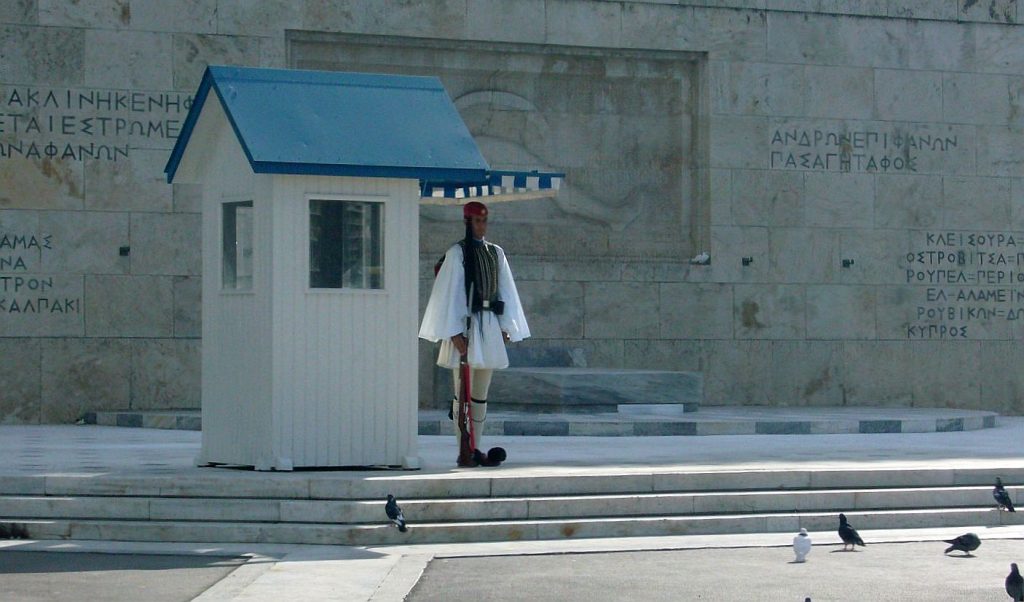
You can read more about the Greek National Anthem here
https://en.wikipedia.org/wiki/Hymn_to_Liberty
and listen to it here
https://www.youtube.com/watch?v=lDTVFbTHB5w
or here
https://www.youtube.com/watch?v=PAXByp_xLy8
This version gives a nice little slideshow if you’re interested.
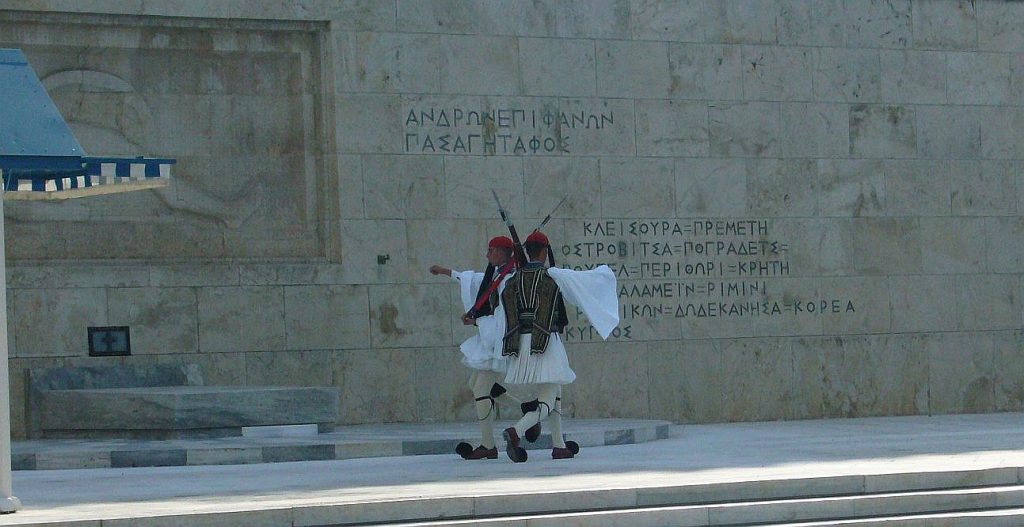
The presidential guard changes on the hour, every hour, all year round in front of the cenotaph, but it’s only on Sunday that the full parade takes place. As you can imagine it’s quite a tourist attraction.
https://www.youtube.com/watch?v=pw-5GYg8WGo
This video is quite interesting – the maker gives a little commentary; I must point out though that the guard changes every hour, and not every two hours, as he says.

